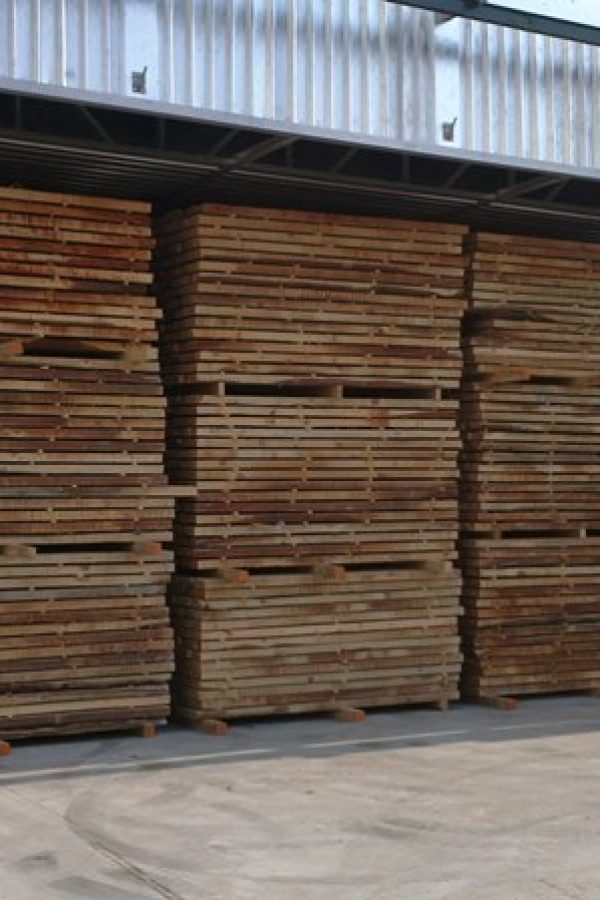
Wood Drying Kilns
There is a high amount of water in the timber taken from freshly cut logs. There is no area where wood can be applied in this state. It must be dried before use. Since it is an organic substance, it can rot by mold. In addition, due to the fact that it is a hygroscopic substance and its heterogeneous structure, it is affected by the humidity of the air and it works.
However, it is possible to prevent moulding and minimize its operation by drying it in accordance with its technique. As it is known, dry wood material does not rot. Fungi cannot live and grow in wood material that has been dried below 20%. The material that is dried to the appropriate moisture content works less. Drying is the process of reducing the excess water in the fresh wood to proportions suitable for the intended use of the material.
The most important feature of wood material in terms of drying technique is its tendency to adapt to a humidity ratio suitable for the relative humidity and temperature conditions around it. This feature causes the dry tree to absorb moisture and expand, and the wet tree to dry and shrink. The fact that the tree has been kept as timber for several or decades does not affect this feature. Between 0% and 30% wood moisture, which is called the hygroscopic zone, moisture changes in the tree bring along size changes.
These changes in measures are called “Work”. The purpose of technical drying is to bring the moisture content of the tree to the appropriate levels for the climatic conditions in the end use place, before the final stages of production. This process is the basic condition to prevent the tree from working at undesirable rates during production and at the place of use.

